I can see many examples related to EXPECTATION-MAXIMIZATION algorithm.
Few links are
Expectation Maximization coin toss examples
https://math.stackexchange.com/questions/81004/how-does-expectation-maximization-work-in-coin-flipping-problem
https://math.stackexchange.com/questions/25111/how-does-expectation-maximization-work
http://www.nature.com/nbt/journal/v26/n8/full/nbt1406.html?pagewanted=all
In all cases, we have set of hidden sources (typically coins ).. and set of observations ( typically set of coin tossing).
For example
SRC = { Coin-1, Coin-2 }
OBSERVATIONS ARE
{ HTH, SRC1 },
{ THH, SRC2 },
{ HHH, SRC3 },
{ HTH, SRC4 },
{ HTT, SRC5 }
here we pick a coin(unobserved,SRC1) and toss three times(observed, HTH).
My Question is , If I make a observation as a single coin toss,like
{ H, SRC1 },
{ T, SRC2 },
{ H, SRC3 },
{ H, SRC4 },
{ H, SRC5 }
Will EM work for this case ?
If so, What will be result ?

